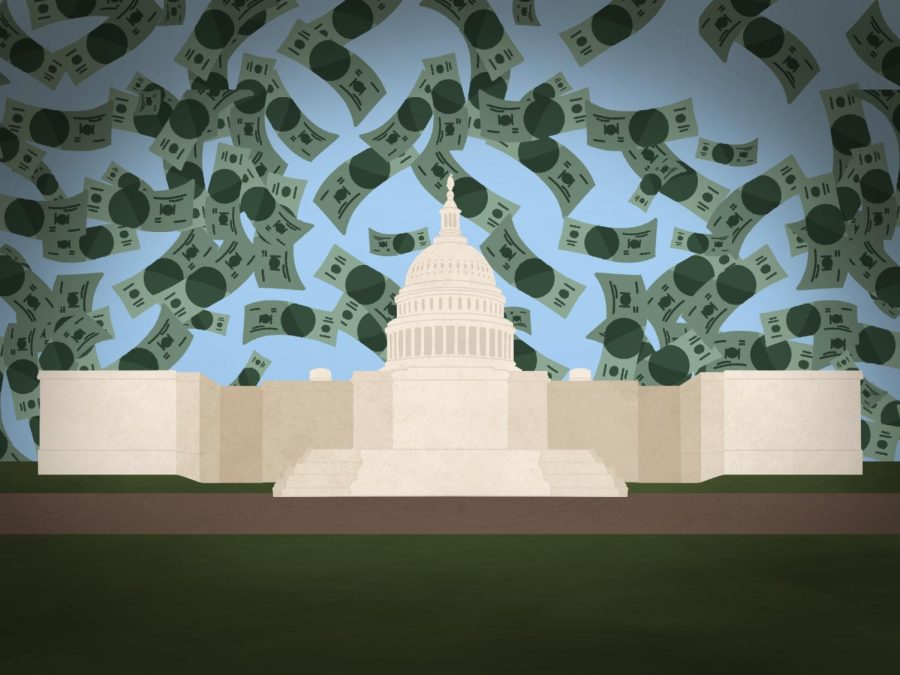Today’s Debt Ceiling Crisis: What You Need To Know
October 23, 2021
On Oct. 12, President Biden signed the bill allowing the raising of the country’s debt ceiling, temporarily delaying a looming national economic crisis. With a new budget put in place, Dec. 3 is the anticipated date that the government will be out of money to borrow. However, a contentious debate between Republicans and Democrats regarding their next steps and long term fixes has further contributed to the unstable nature of the situation.
But first, what is a debt ceiling? Originally established in 1917, America has been revising the amount of money it can borrow from bond sales since the start of World War II, as taxes continue to not be enough to cover the country’s spending. Cumulatively, the ceiling has been suspended or changed over 75 times, by both Republicans and Democratic Administrations.
Last year, the Bipartisan Budget Act of 2019 was passed by Congress, which suspended the debt ceiling until July of this year. August saw another round of raising and suspending. Currently, our national debt sits around $28.4 trillion. However, the debt ceiling resides at an alarming $28.8 trillion.
Why does this matter though? Without a solution, whether in the long or short term, America will default to its debts, meaning both government service programs and state funding would be heavily impacted. In fact, we’d be facing around 40% of the government’s payments being halted altogether, some of which includes financial aid to households.
Additionally, the Department of Defense gave out a statement saying that a default would lead to current employees not getting paid in full or on time. Furthermore, the world would be seeing an economic crisis due to the versatility and widespread use of the US dollar.
The average U.S. citizen would see their credit score deteriorate, the stock market suffer, and interest rates escalate to the point where America would be an even more expensive place to live.
While a seemingly quick and simple solution would be to continue raising the ceiling, conflicts within Congress suggest that by Dec. 3, we will see nothing of the sort.
Senate Minority Leader Mitch McConnell wrote in a letter to Biden on Oct. 8 that the Republican Caucus “will not provide such assistance again should the All-Democrat government drift into another avoidable crisis.”
As Democrats look to spend the allotted money to pay off old debts, Republicans have shown strong aversion to their ideas, fearing it could lead to, as McConnell described on Twitter, “another reckless, partisan taxing and spending spree.”
So what can be done now to avoid this catastrophe? According to the Congressional Budget Office, options are few and would require both parties in Congress to compromise greatly.
The first two solutions come in the form of stopping investments made in the Thrift Savings Plan’s G Fund (which preserves money and generates enough of it to keep the country financially secure) and the Exchange Stabilization Fund (which buys and sells foreign currencies, holds foreign exchange, and to gives financing to foreign governments), both of which had 20 billion dollars or more spent on them as of Aug. 31 of this year.
Other options suggested by the office would involve altering the money supplied to the Civil Service Retirement and Disability Fund and the Postal Service Retiree Health Benefits Fund security (whether it be stopping their funding altogether or redeeming it in amounts equal to future benefit payments), or exchanging Federal Financing Bank securities.
But as the debate continues and the December deadline inches closer, the world will be watching to see what happens next in Congress—whether for better or for worse.








